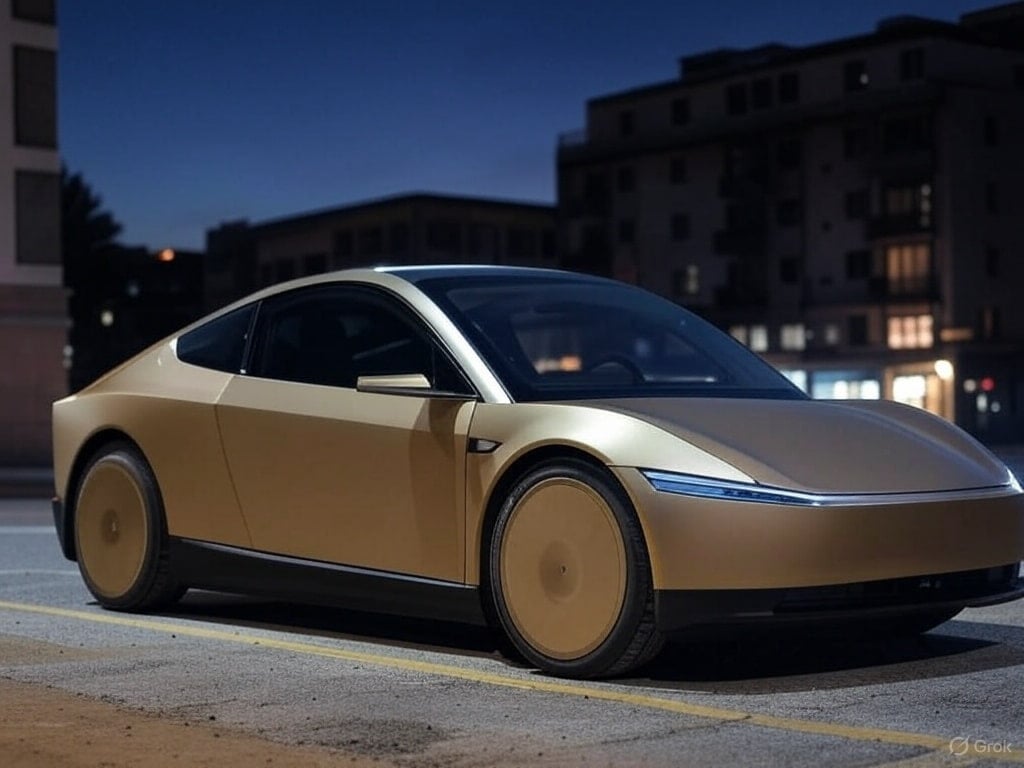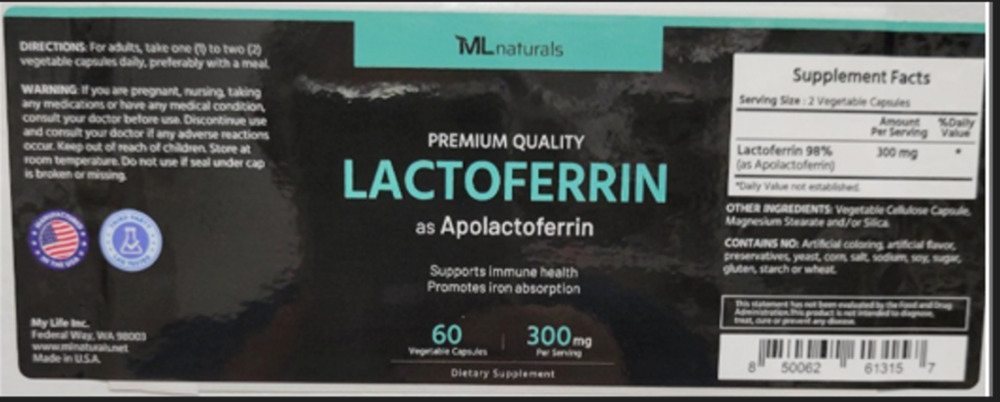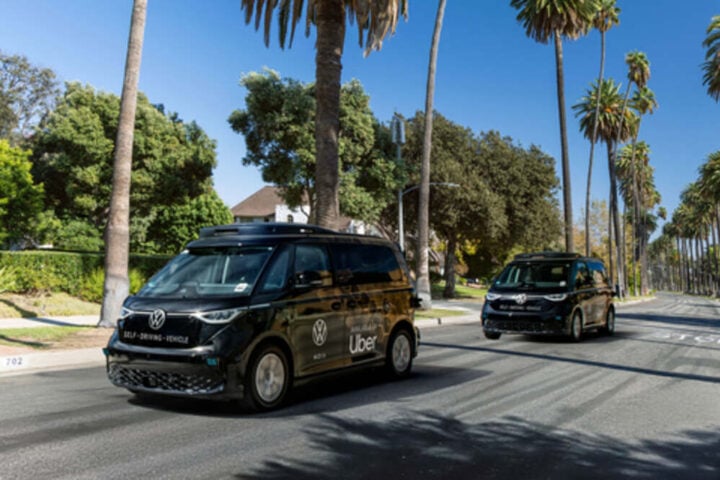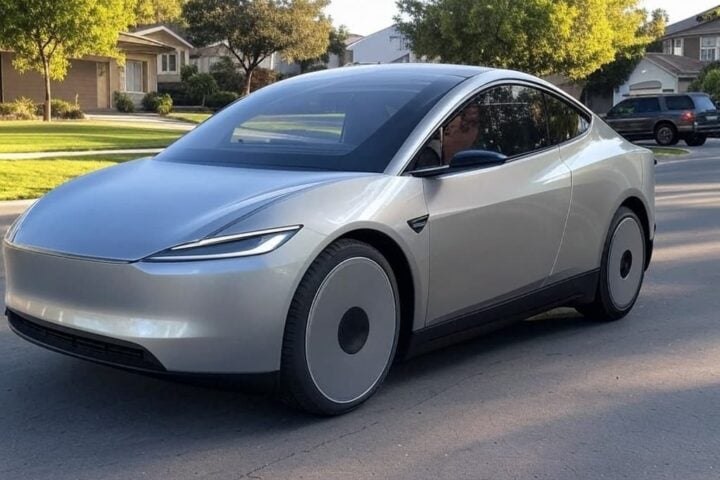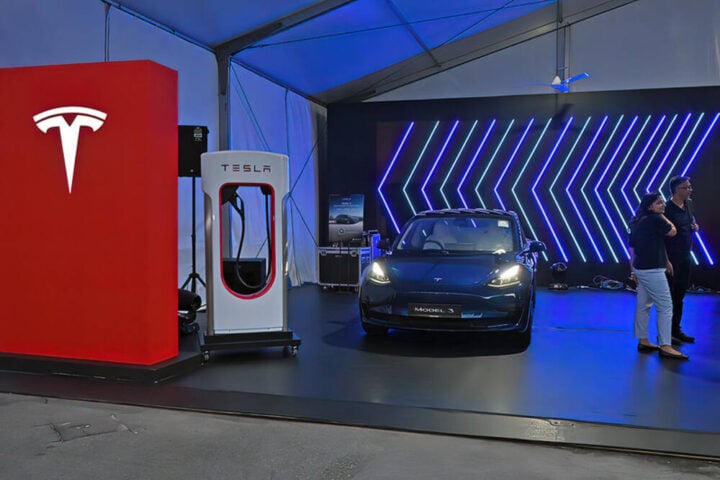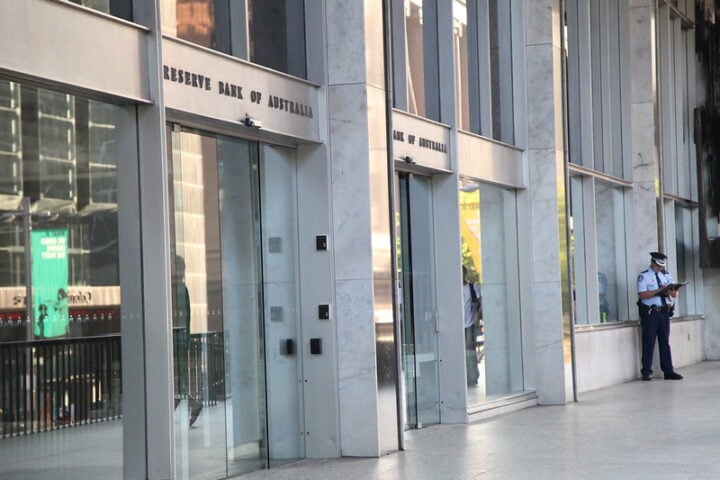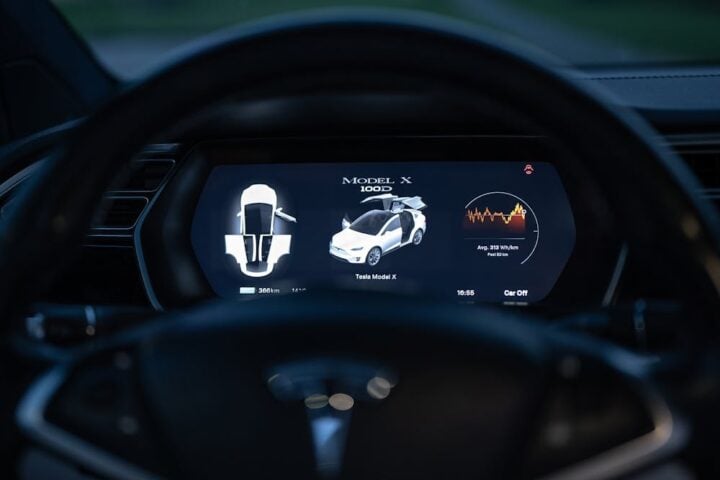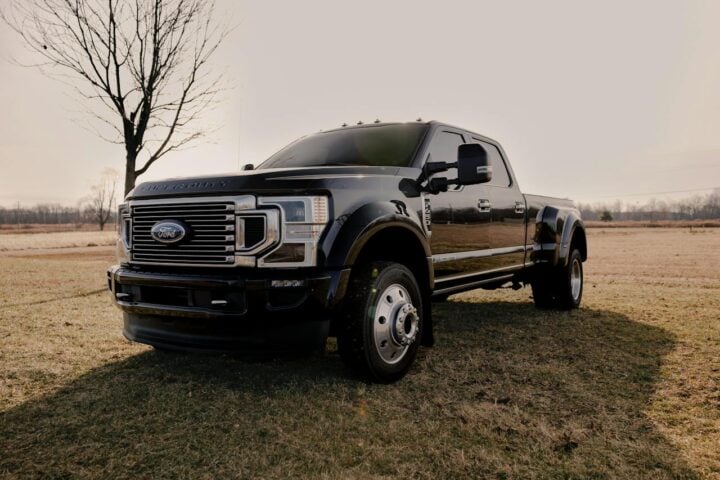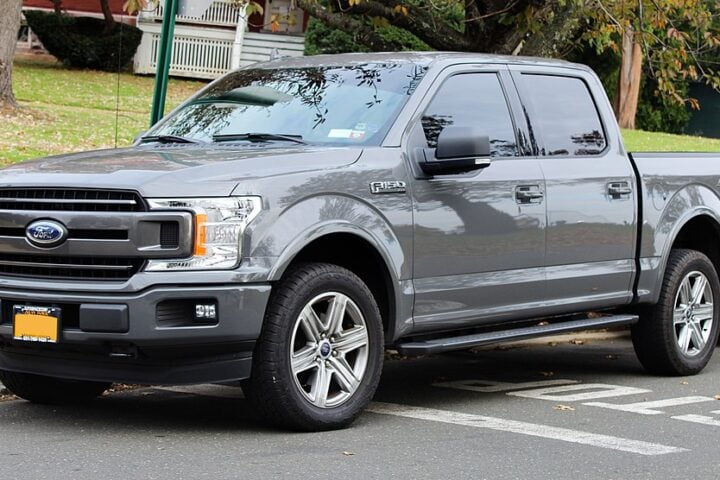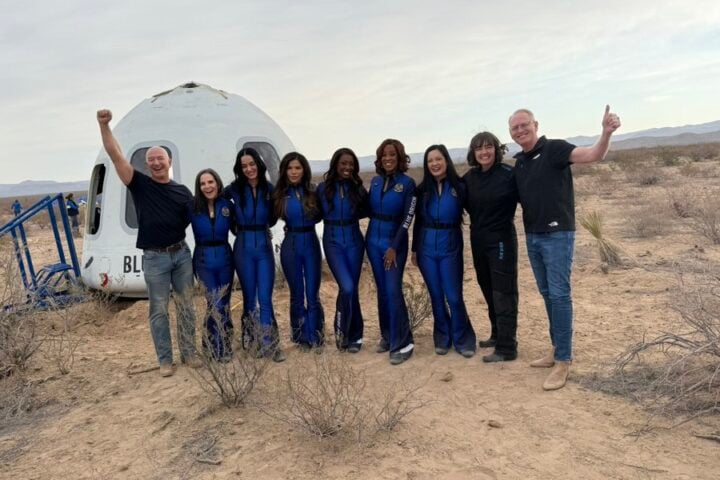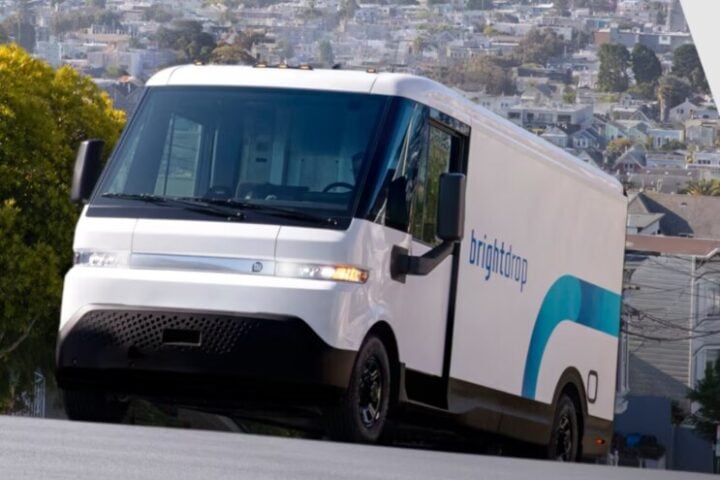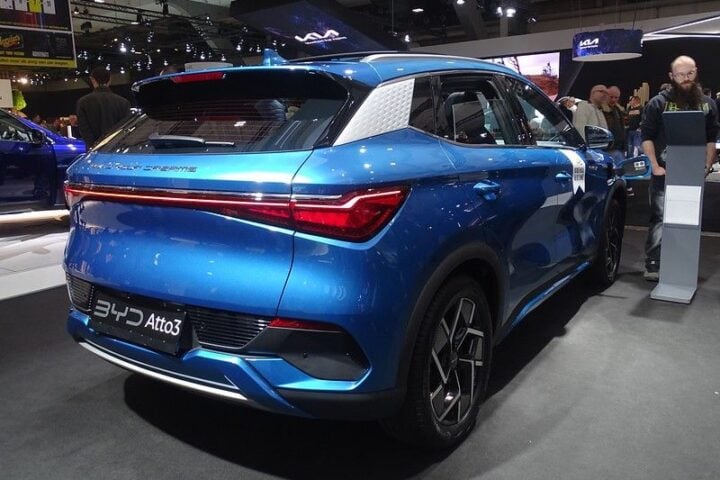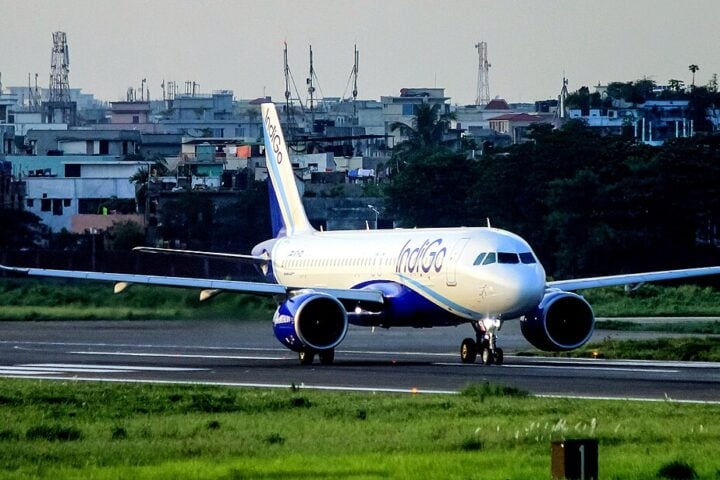Tesla’s stock jumped nearly 18% last week after the US government relaxed rules for self-driving cars. The surge came as Transportation Secretary Sean Duffy announced changes that could help Tesla’s planned robotaxi service.
The government’s timing couldn’t be better for Tesla CEO Elon Musk, who recently promised investors the company would launch autonomous taxis in Austin, Texas by June 2025.
New Rules Clear Path for Self-Driving Cars
On April 24, the National Highway Traffic Safety Administration (NHTSA) unveiled a new framework that reduces paperwork for companies developing self-driving technology. The changes include:
- Expanding the Automated Vehicle Exemption Program to US-made vehicles
- Streamlining crash reporting for vehicles with driver assistance systems
- Enabling approval for cars without traditional controls like steering wheels
“This Administration understands that we’re in a race with China to out-innovate, and the stakes couldn’t be higher,” Duffy said. “Our new framework will slash red tape and move us closer to a single national standard that spurs innovation and prioritizes safety.”
The revised rules particularly benefit Tesla’s planned Cybercab, which won’t have a steering wheel or pedals. Before this change, getting approval for such vehicles was more difficult.
Tesla’s Robotaxi Plans Take Shape
During Tesla’s recent earnings call, Musk confirmed the company will start a robotaxi service in Austin this June using modified Model Y vehicles equipped with “Full Self-Driving” software.
“I predict that there will be millions of Teslas operating fully autonomously in the second half of next year,” Musk said. Production of the purpose-built Cybercab is expected to begin in 2026.
Reports indicate Tesla has launched “Project Rodeo,” employing around 300 test operators in Austin to collect data and refine the system. The company has also started an internal ride-hailing service for employees in Austin and San Francisco to test the technology.
Musk Commits More Time to Tesla
Another factor driving the stock rise was Musk’s announcement that he would reduce his political activities and focus more on Tesla.
“Starting next month, I will be allocating far more of my time to Tesla,” Musk said, adding that “the major work of establishing the Department of Government Efficiency is done.”
This news reassured investors concerned about Musk’s divided attention. The CEO’s involvement with the Trump administration had caused brand image problems, especially in Europe, contributing to Tesla’s sales decline.
Similar Posts:
Still Facing Challenges
Despite the positive news, Tesla still faces significant challenges. The company reported a 20% year-over-year drop in automotive revenue and a 71% decrease in net income for the first quarter.

Even after the recent surge, Tesla’s stock remains down about 30% for the year. Industry experts note that truly autonomous driving remains technically challenging, and Tesla’s camera-only approach differs from competitors who use additional sensors like lidar.
The future success of Tesla’s robotaxi service depends on both technical performance and regulatory approval across different states, even with the federal government’s supportive stance.
For Tesla investors, the combination of regulatory support and Musk’s renewed focus offers hope that the company’s self-driving ambitions might finally materialize after years of delays.
